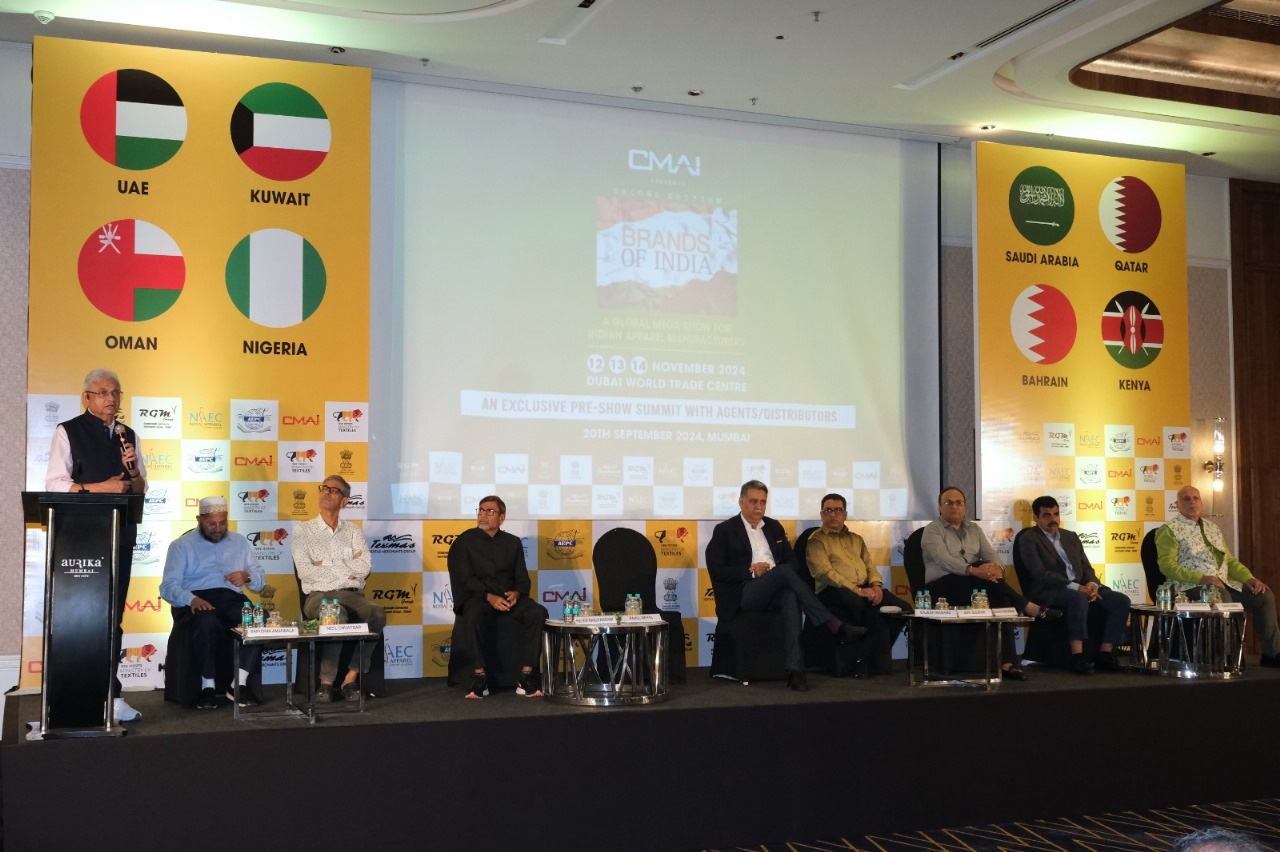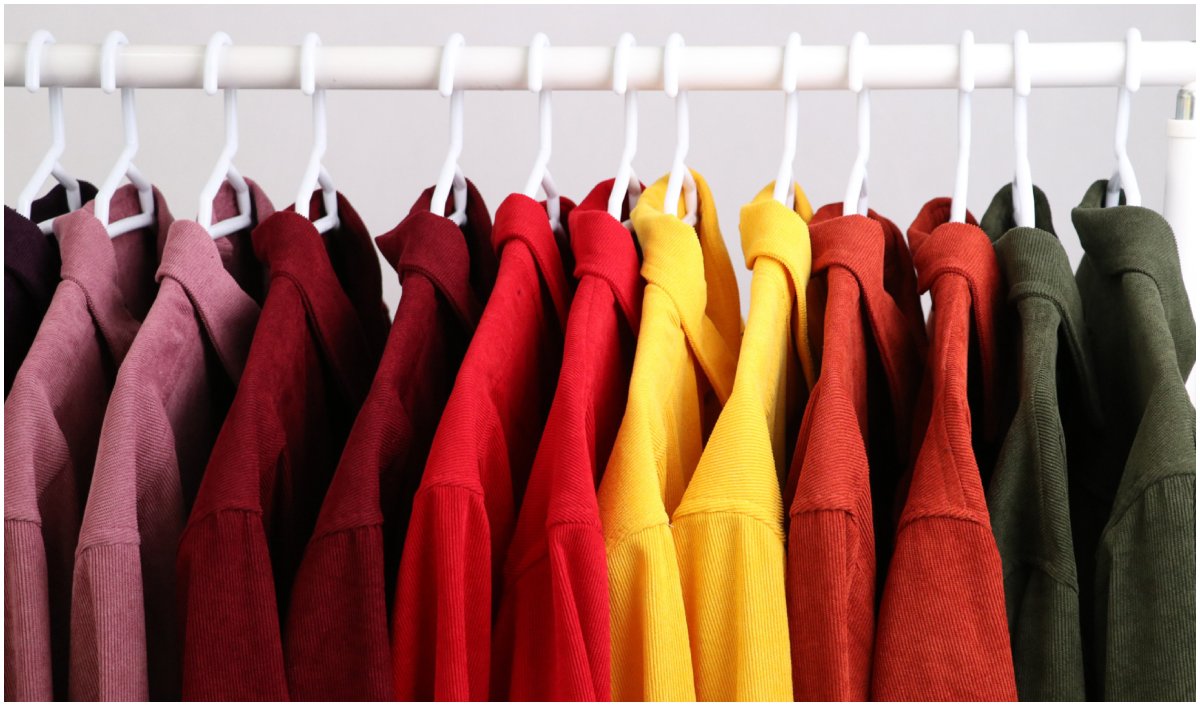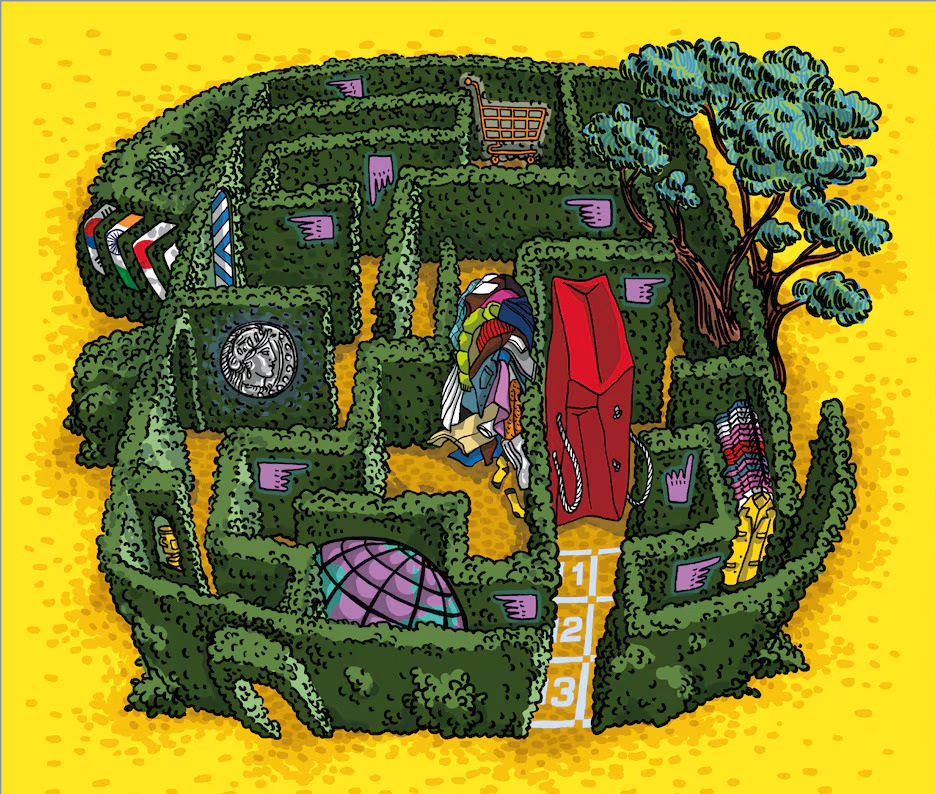Driven by evolving consumer preferences, sustainability concerns and technological innovations, the global home textile market is poised for substantial growth According to IMARC Group's latest report, the market reached a value of $125.6 billion in 2023 and is expected to grow at a CAGR of 5.02 per cent from 2024 to 2032, reaching $195.3 billion by 2032.
A key driver of this growth is the increasing focus on personalized living spaces. With rising disposable incomes, homeowners are investing in high-quality home textiles to create environments that reflect their personal style while providing comfort and functionality. This trend extends beyond mere aesthetics, encompassing eco-friendly and technologically advanced textiles that align with broader societal shifts towards sustainability and innovation.
Sustainability has become a cornerstone in the home textile market, with consumers showing a growing preference for eco-friendly materials and ethical production practices. This demand has spurred innovation in recycling, organic materials, and sustainable sourcing, as manufacturers strive to reduce the carbon footprint of their products.
Technological advancements are also revolutionising the industry, enabling manufacturers to produce high-quality, durable, and innovative textiles at a faster pace and lower cost. Technologies such as 3D printing, automated weaving machines, and AI-driven design tools are enhancing efficiency and customization options, leading to textiles with enhanced functionalities like improved fabric strength and water resistance.
Among product segments, bed linen holds the largest share in the market due to its essential role in everyday comfort and the frequent need for replacement or upgrade. Polyester emerges as the dominant fabric segment, valued for its durability, ease of maintenance, and versatile aesthetic appeal.
Offline channels currently dominate distribution, as consumers prefer to assess the quality and texture of textiles firsthand. However, the market is experiencing a surge in e-commerce, providing consumers with easier access to a wide range of products from around the world.
In terms of regional breakdown, Asia Pacific emerges as the largest market, driven by its expansive population, rising disposable incomes, and the growing influence of local and traditional textile designs.
In conclusion, the global home textile market is undergoing significant transformation, fueled by rising consumer spending on home renovation, sustainability concerns, technological advancements, and the expanding reach of e-commerce platforms.












